Wavy VS Curly Hair: What's The Difference?

Wavy Hair and Curly Hair are two terms often used to describe hair type. Even if they are often used interchangeably, there are still some differences between Curly Hair and Wavy Hair. For most of us, it might be confusing to figure out our curl type. Don't worry, we are here to help!
In this blog, we will compare and contrast the fundamental characteristics of wavy and curly hair and how to care for your featured hair.
Introducing Wavy Hair
Wavy hair is a kind of hairstyle that falls somewhere between straight and curly. Wavy hair is classified as "medium" on the curl type scale, which ranges from 1 (straight) to 4 (coily).
This type of hair has a gentle wave pattern that usually looks smooth and glossy. It's slightly curlier than straight hair but not as curled as curly hair. Furthermore, wavy hair gets its definition from the "S-shape" pattern, which gives your hair a softer, more natural appearance.

With the right products and styling tools, wavy hair can be molded into various shapes and styles. You can also enhance your wavy hair's texture and volume by using a curling iron or styling wand to create loose waves.
Moreover, it's possible to tame frizz and give your hair added shine with the right products, such as sea salt sprays, lightweight oils, and leave-in conditioners.
What Are The Types Of Wavy Hair?
Every kind of wavy hair is unique, and many different kinds of waves exist. Depending on the thickness and texture of your hair, you might have either loose or tight waves.
Loose waves are more natural looking and less defined than tight curls. Furthermore, wavy hair is classified into three subcategories on the curl type scale:

Type 2A:
This hair type appears directly at the crown and gradually creates waves as it reaches the ends. It might even appear to be straight, but you can detect some subtle curves that distinguish it from totally straight hair.
If your locks are of this nature, a mild mousse and sea salt spray should do wonders in adding dimensionality to them. Furthermore, look for products that will give body rather than leave your mane limp!
Type 2B:
Those with type 2b hair waves have an enviable beach wave look - straight, flat roots that allow for textured ends and a subtle flow. However, this hair type can be tricky to maintain due to its propensity towards frizz at the crown.
To tame these tresses, use mousses and gels as styling agents before creating wavy hairstyles from the nape of your neck down. With a few strokes of your brush, you can have a full head of beach-worthy waves!
Type 2C:
Type 2c hair features beautiful, distinct waves and even a few defined curls that start at the crown. Unfortunately, it has an increased tendency to frizz and is thicker than other types of hair. Nonetheless, you can easily bring out its natural beauty through simple methods like using a diffuser - which makes all the difference!
What Are The Advantages Of Wavy Hair?
1. Has a natural lusciousness

Wavy hair is full of body and shine, which makes it appear even more appealing. The best part is that you don't need to do anything special to make it look beautiful - just run your fingers through the locks!
2. Can be styled in various ways
From messy buns to beachy waves, wavy hair can be styled in numerous ways. You can change up your look every day by adding a few curls, braiding it, or even blow-drying it for more volume and definition.
3. Versatile
Wavy hair is an incredibly versatile hairstyle that can be tailored to fit any occasion. For example, if you are attending a formal event, you can tame your locks with a curl-enhancing product and sculpt them into neat ringlets. On the other hand, for a more casual look, you can let your hair go wild by using a texturizing spray or mousse.
Overall, wavy hair is an elegant and easy-to-manage hairstyle that will never go out of style. With the right products and tools, you can transform your mane into a gorgeous head of waves that you'll be proud to show off!
Introducing Curly Hair
Curly hair is a type of hairstyle that features spirals and coils that have been formed by the body's natural oils. The curls usually appear more defined than waves, but not as curly as type 4 hair, creating a look that is truly unique and eye-catching. With its majestic 360º spiral, curly hair is known for being thick and bouncy - creating a full circle of beauty.

Unlike wavy hair, curly hair is more difficult to manage due to its fragile state. It is prone to breakage because the curls can be easily caught in brushes or combs and are also vulnerable to environmental factors like humidity.
With the right styling and care, curly hair can be an absolute blessing. Curly locks come in a variety of patterns and textures that demand particular attention to maintain their beautiful shape.
Each type of curl is unique, almost as if it has its personality! Nurturing your natural curls will surely help them show off their full potential. No matter your hair type, it's important to remember to treat it with care.
What Are The Types Of Curly Hair?
Curly hair is known as a Type 3 and can be further divided into three distinct subcategories depending on the shape, size, and tightness of each curl.
Here are the three main types of curly hair that you can identify in your mane:

Type 3A:
The curl type 3A designation denotes the presence of large, elongated rings of curls that cascade down from the crown of the head. This kind of hair is often smooth and boasts enormous, ringlet-like curls.
It's common knowledge that 3A curls are among the most controllable of all curl types, if you use the right tools and products, they may not even need any style at all. To get the most out of this sort of curl, you need to seek products that will add some definition and moisture to your hair.
Type 3B:
The curls of this kind are shaped like a corkscrew. They have a somewhat more secure wrapping, and their size is comparable to that of a marker pen. Curls with a 3B texture are very prone to breakage and frizz.
The positive aspect of having this hair type is that you will never experience a lack of volume in your hair. You can keep the frizz under control and add definition to your curls by using styling products that are formulated to repel humidity.
Type 3C:
This particular variety of spring hair has significantly smaller springs that are wrapped much more securely than the varieties described above. 3c curls have a circumference that is similar to a pencil and are very tightly woven together.
As a direct consequence of this, the volume of this kind of hair is often rather noticeable. This particular sort of curl is the most challenging one to manipulate out of all the others that have been discussed thus far. Your curls may be protected against frizz by using hair gels, which also assist in keeping your curls in place.
What Are The Advantages Of Curly Hair?

Having curly hair is a blessing in its own right. Not only does it look fantastic, but there are plenty of benefits that come along with it! Here are some reasons why you should love your curls:
1. Flexibility
Flexibility and adaptability are one of the main benefits of curly hair. You can simply do a messy bun or add a headband or scarf to your hair. A chic look finished!
2. Blend well with African women
For black women, if you are thinking of getting a hair extension or wig, a curly hair texture is the best choice, they can blend well with your natural kinky hair.
3. Heatless Styling:
With curly hair, you don't have to worry about heat damage from styling tools like straighteners and curling irons. This means your curls will stay naturally healthy and bouncy for longer!
What's The Difference Between Wavy And Curly Hair?
Now that we have learned the exact features of wavy and curly hair, what exactly is the difference between wavy hair and curly hair? The following are some important distinctions that should assist you:

1. Hair Texture
The texture of wavy hair may be described as being straighter and smoother than curly hair. The coarse and thick texture of curly hair is said to begin in the hair's roots. Wavy hair, as opposed to curly hair, has a smoother structure.
2. Appearance
Ringlets are similar to the appearance of curly hair. Wavy hair is similar to curly hair, but instead of being tightly curled, it relaxes into an "S" shape. In addition to that, it features a zigzag design.
3. Detangle
In contrast to wavy hair, curly hair may be somewhat challenging to brush when it's dry.
4. Dedined curl
Curly hair is more defined and curved than wavy hair.
5. Volumes
Curly hair gives the impression of having more volume than wavy hair does. In most cases, it will start at the scalp and work its way down to the ends of the hair. Wavy hair is characterized by having waves at the ends of the strands while the roots remain straight. It looks like both wavy and straight hair at the same time.
Curly hair and wavy hair are both beautiful, but each has its unique characteristics. Whether you have curly or wavy hair, you can embrace your natural texture and style it to perfection!
How To Care For Curly And Wavy Hair?
1. Wash your hair regularly with proper hair products
To keep your curls and waves looking their best, it's important to use the right products when washing the hair. Use a hydrating shampoo and conditioner that is sulfate-free and designed for curly and wavy hair.
2. Avoid over heat styling
There is no doubt that using heat tools frequently can break your hair. Decrease the use of heat tools and apply a decent heat protectant spray before using them. To protect your natural lovely curls, use low heat and a diffuser.
3. Detangle your hair with your hands or a wide-tooth comb

Overbrushing your hair can lead to damage and breakage. make sure to use a wide-tooth comb or your fingers when detangling your hair.
4. Apply light styling products
Ensure to apply a light styling cream or gel, and use hydrating oils and serums to keep your hair moisturized.
6. Wear a silk cap when sleeping
Tie your hair and wearing a silk cap is essential when sleeping, which can decrease friction and lock in moisture.
The Alternatives to Curly and Wavy Hair - Wigs and Hair Extensions

If you don't have naturally curly or wavy hair, there are still plenty of other options for achieving these looks. In the evolving beauty industry, there are a variety of products and styling methods designed to mimic the look of curly or wavy hair. The right alternative will depend on the style you're going for, as well as your budget and preference.

Wigs, hair extensions, and hair pieces are all great options if you want to switch up your look without damaging your tresses. You can use curly and wavy hair extensions to add volume and length or play around with color.
Or just get a curly wig or wavy wig made of human hair to achieve your desired look. In addition, the most natural wig-4c edges wig come out now, mimic the hairline of black women, offer the most realistic appearance.
Frequently Asked Questions
Here are some frequently asked questions about both curly and wavy hair:
1. How do I make my hair more curly or wavy?
If you want to achieve curls or waves, there are a few different methods that you can use. These include using heated styling tools such as curling irons, using hair rollers, braiding your hair overnight, or using sea salt sprays.
Related Read: How To Get Defined Curls That Last All Day
2. Can I still straighten my curly or wavy hair?
Yes, you can still straighten your curls or waves if you choose. However, it's important to use a heat protectant and lower the temperature of your styling tool to minimize damage. You should also limit how often you straighten your hair to avoid overheating it and causing irreversible damage.
3. Can I dye my Curly Hair?
Absolutely! Just make sure you understand the process, as not all hair dyes are suitable for curly hair. When it comes to coloring your curls, always opt for a semi-permanent or demi-permanent dye. Permanent dyes can be too harsh and damaging on curly locks.
Sum Up
We hope you found this guide helpful in understanding the differences between curly and wavy hair. With some practice, you should be a pro at embracing your natural texture and finding the right products to style it! So go ahead, and show off your gorgeous curls or wavy locks with confidence!





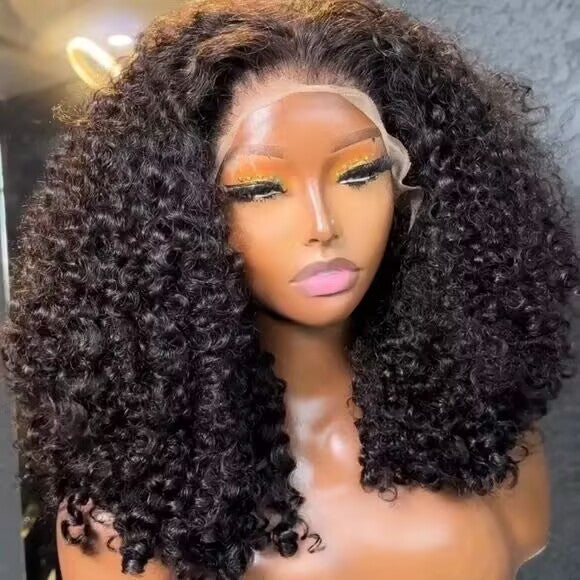
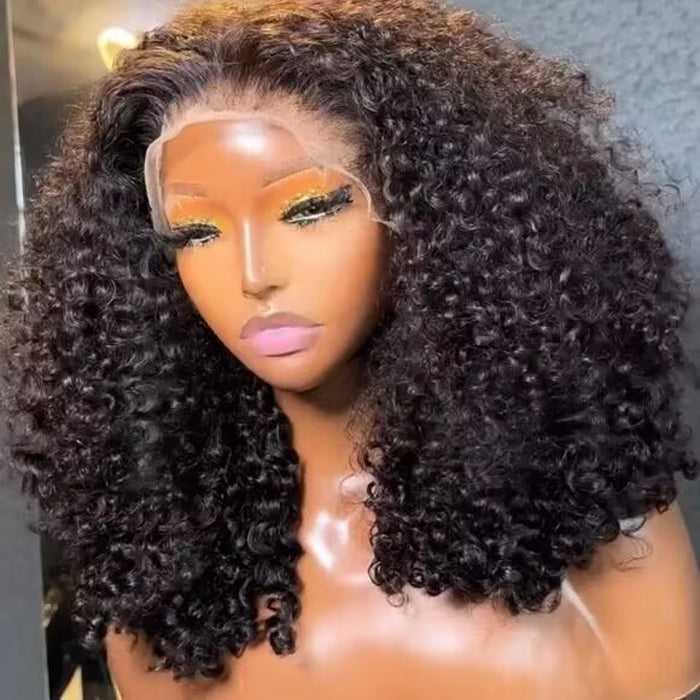
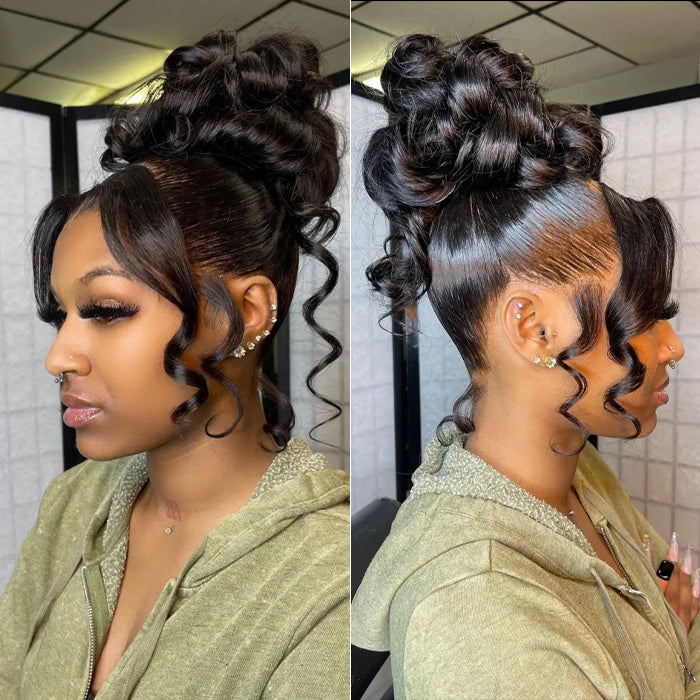

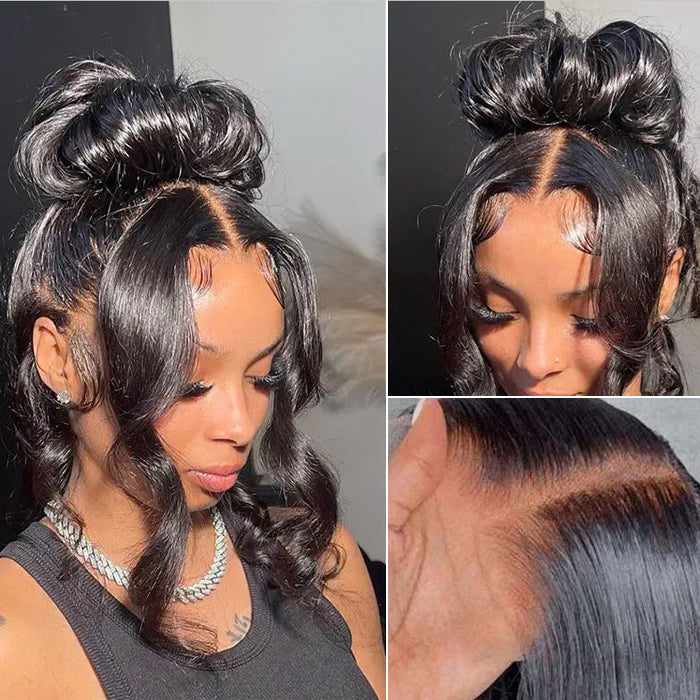
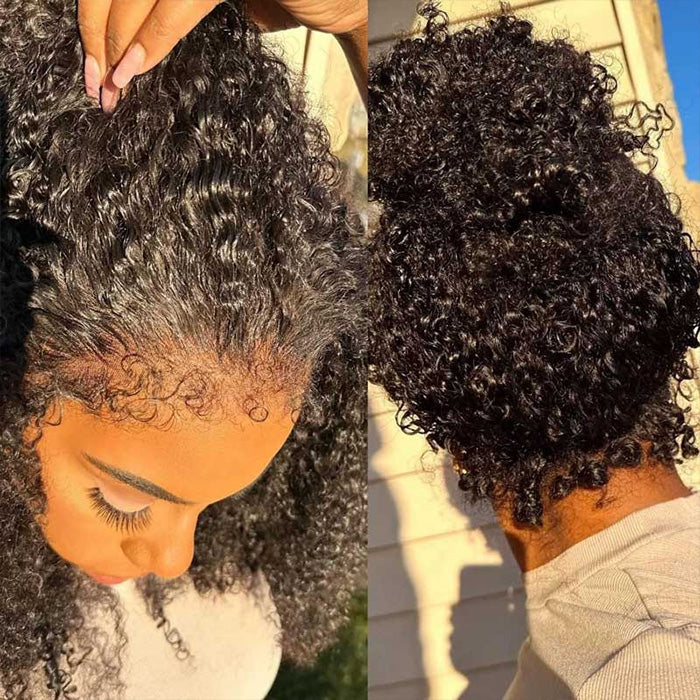

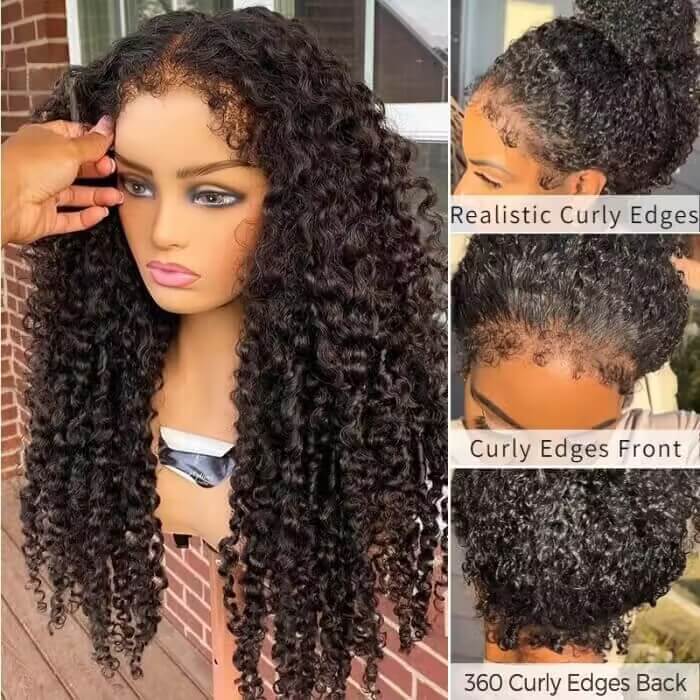

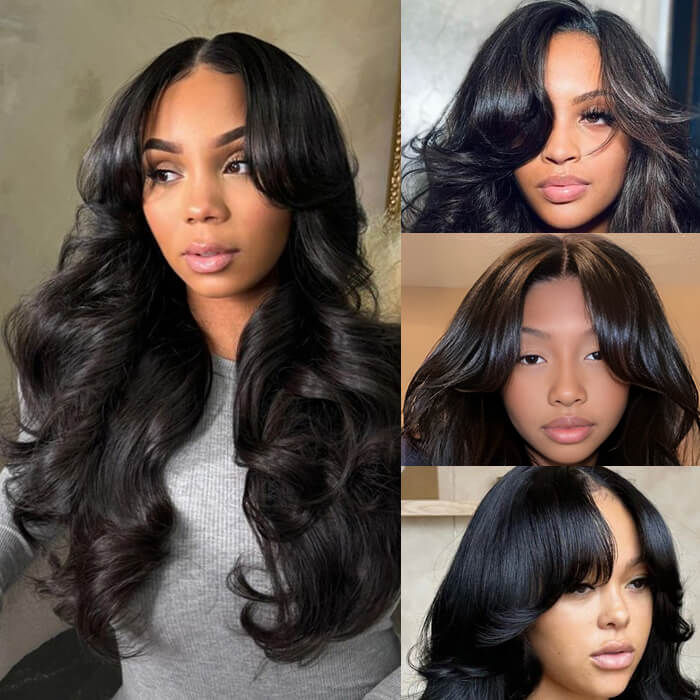


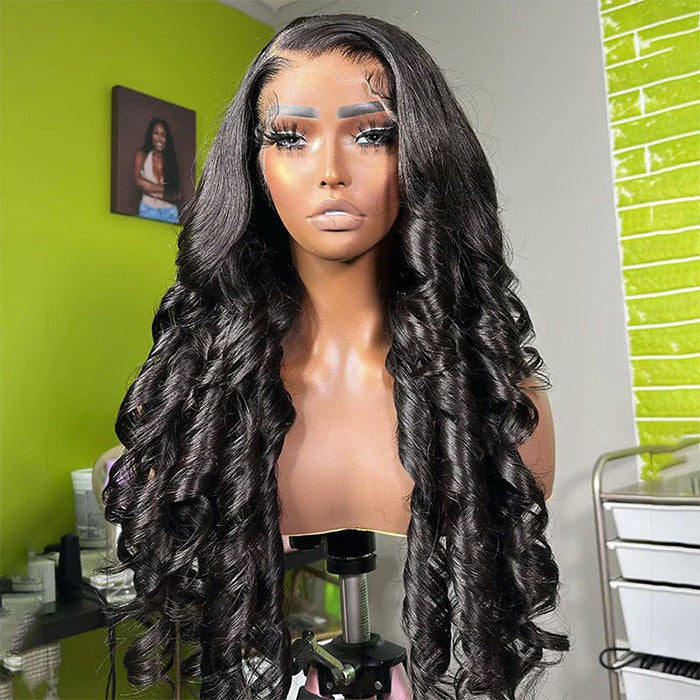

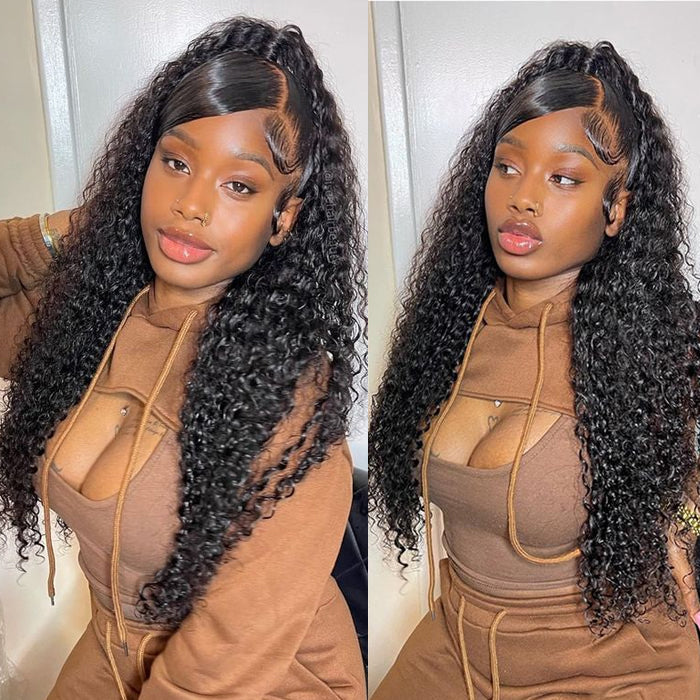

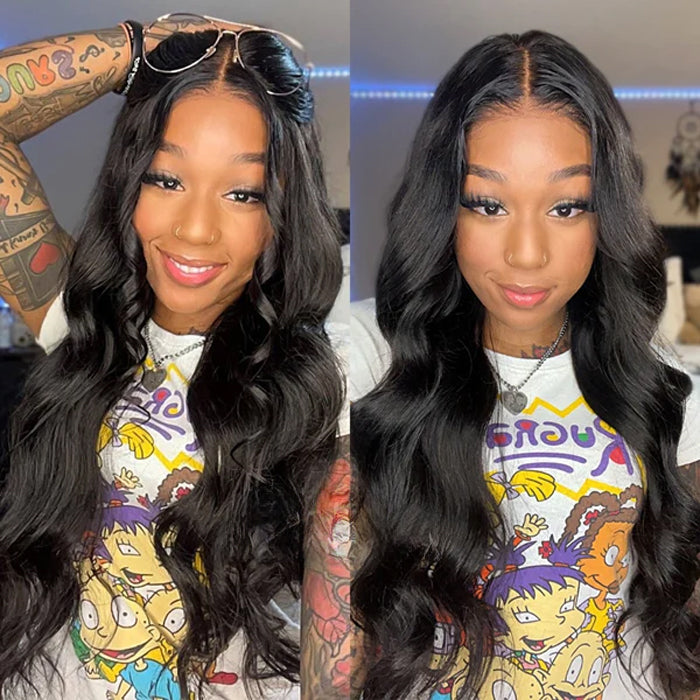
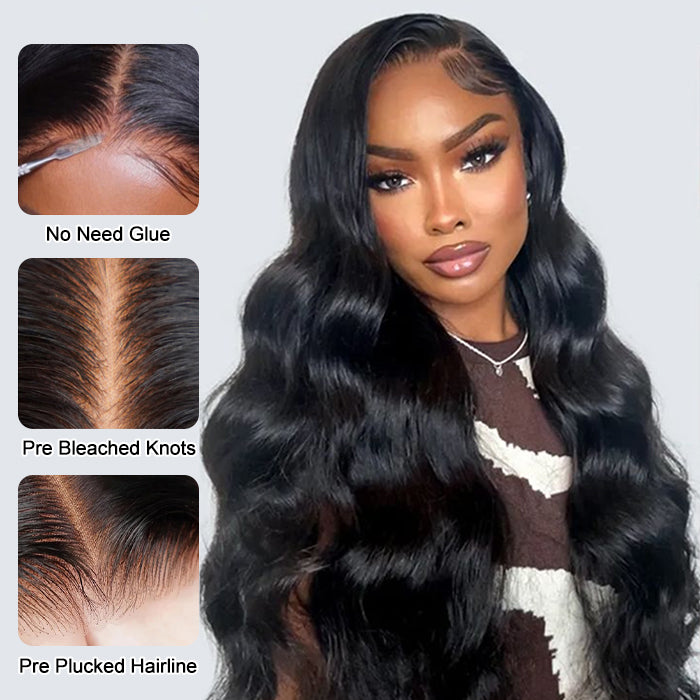
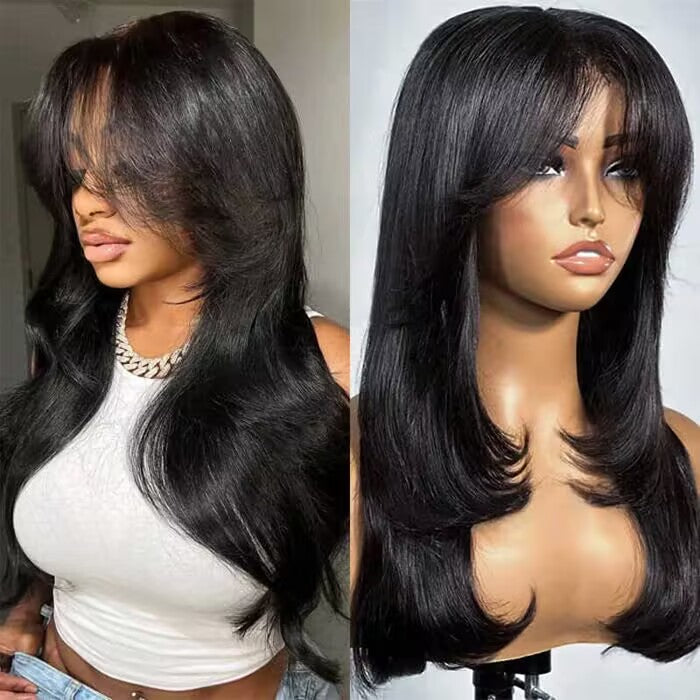

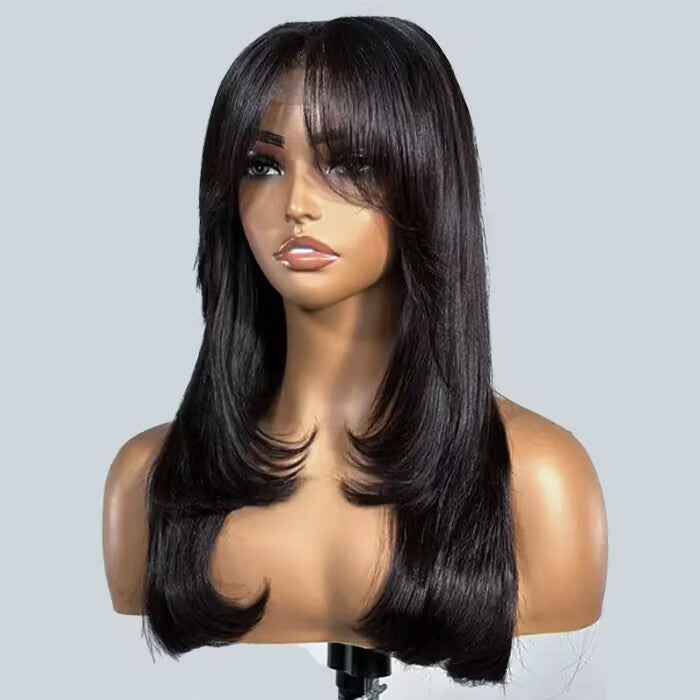
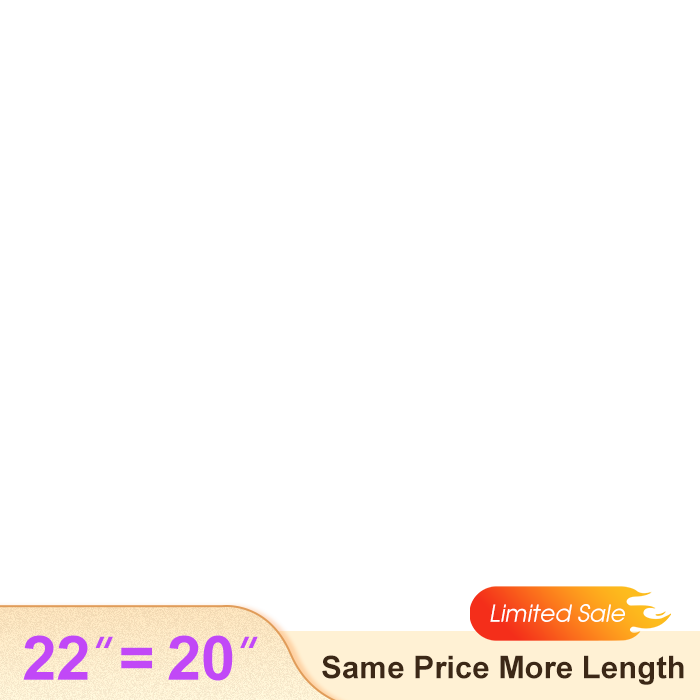
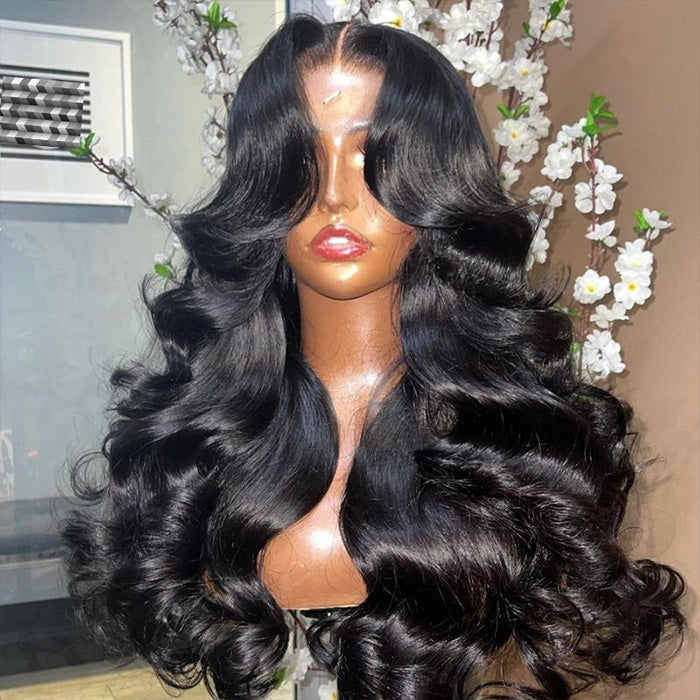
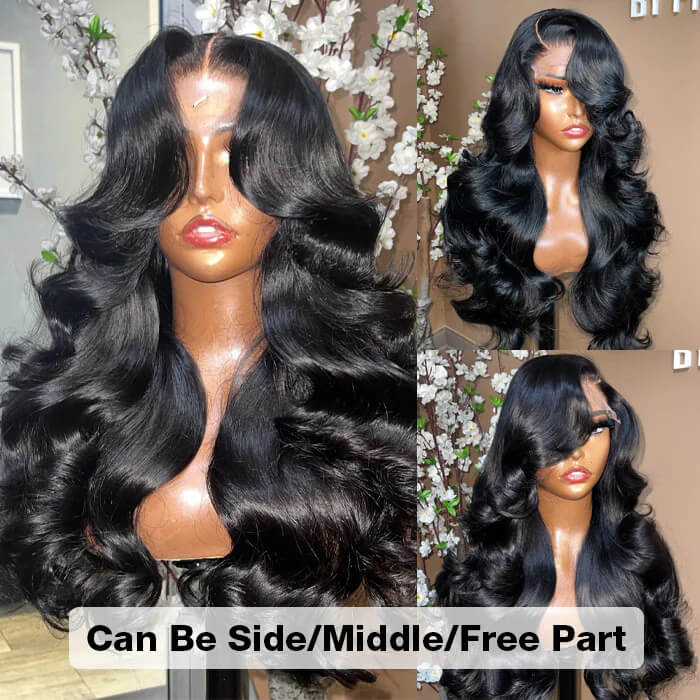
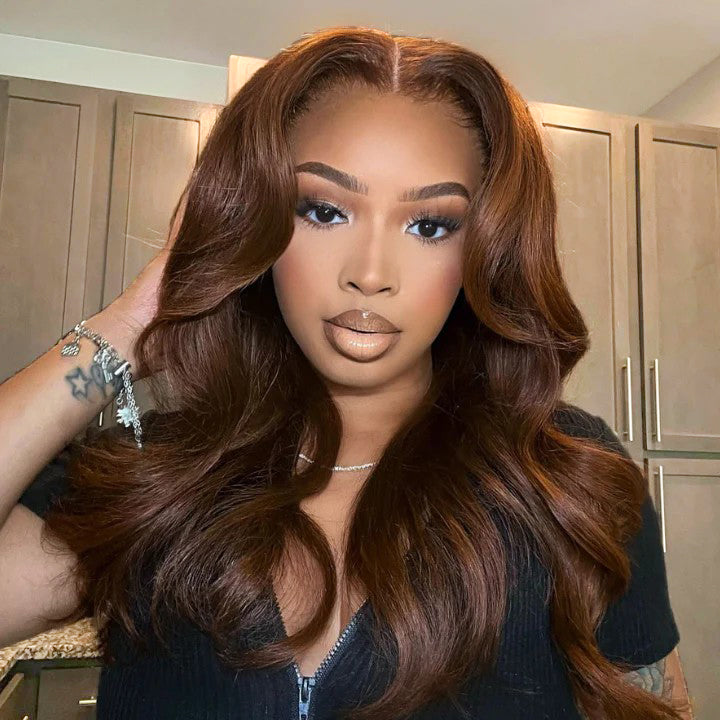
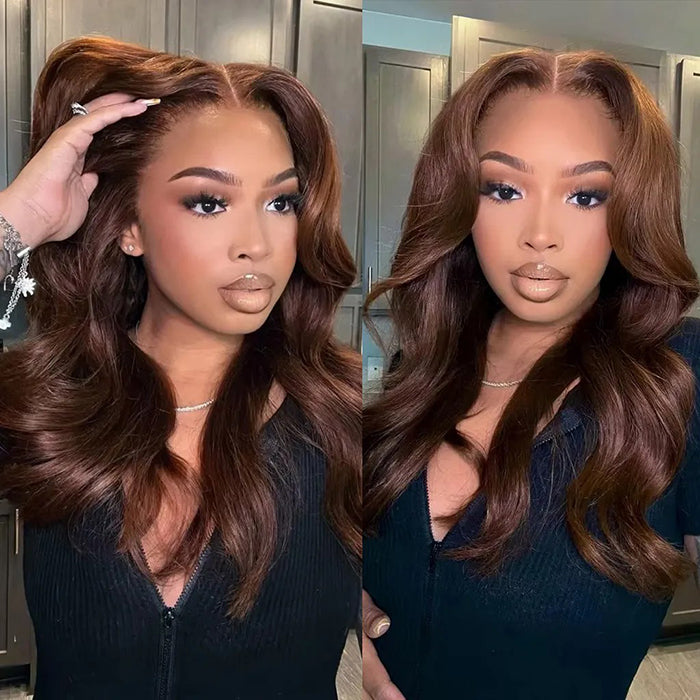
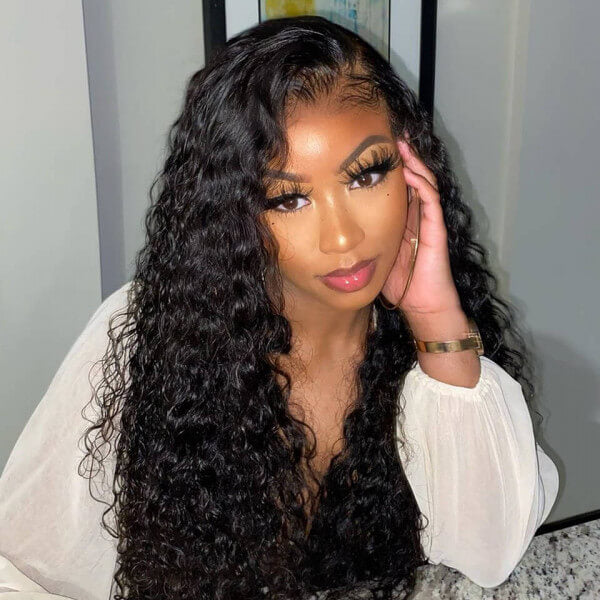

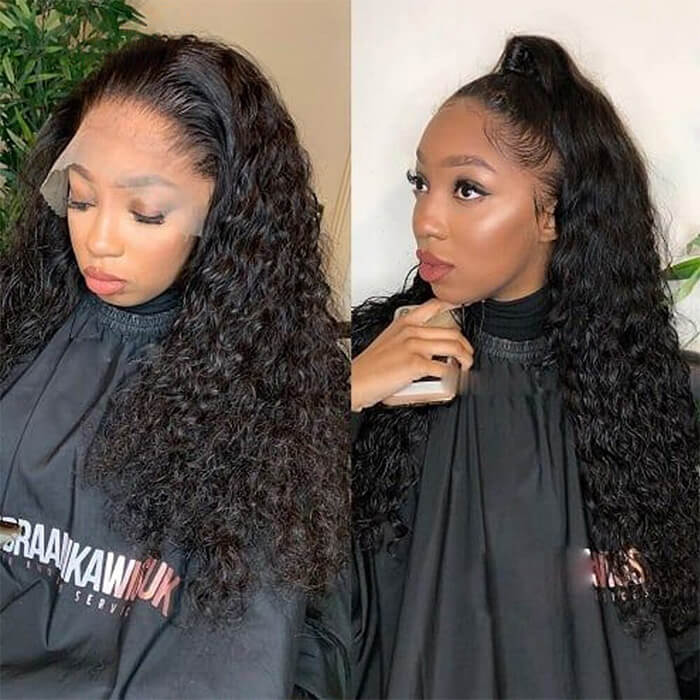
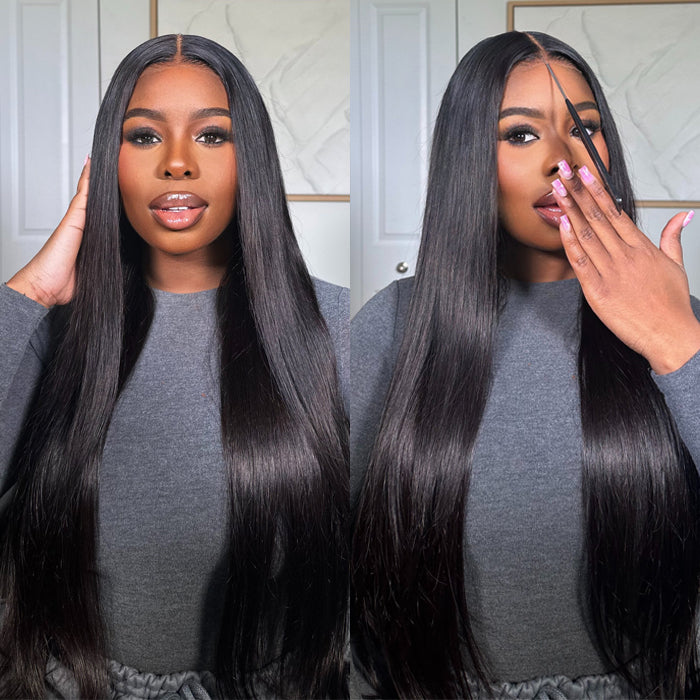
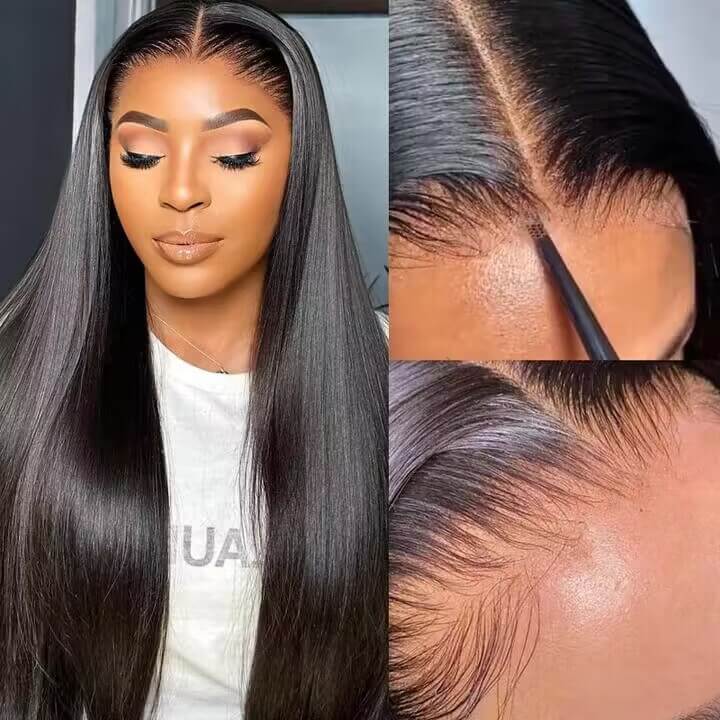
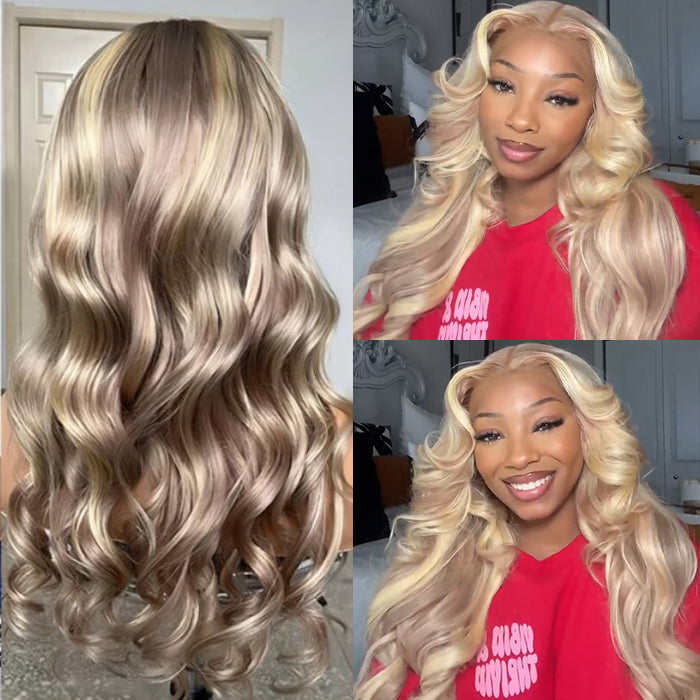
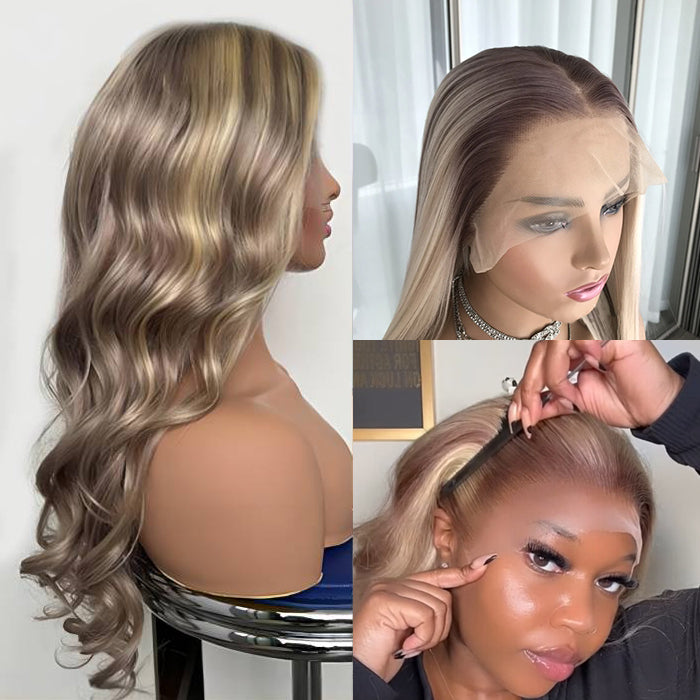
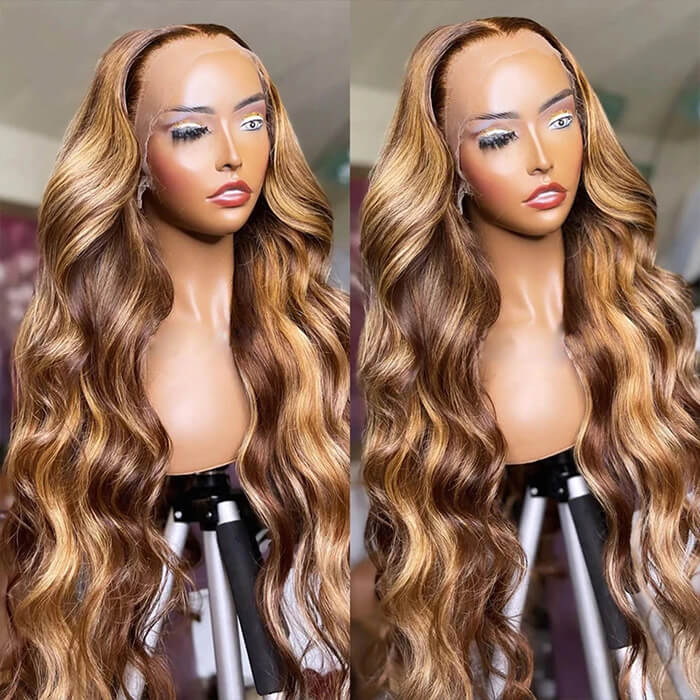
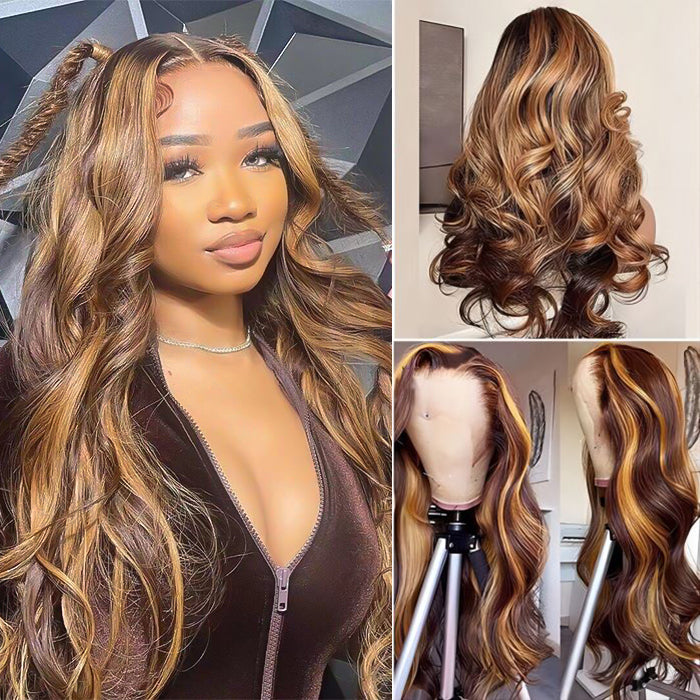
Leave a comment